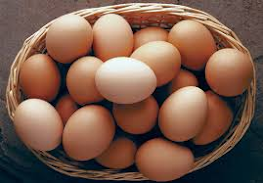Explosive Training vs Hypertrophy Training in Calisthenics
Explosive Training vs. Hypertrophy Training in Calisthenics: What's the Difference and Why It Matters When it comes to calisthenics, not all training styles are created equal. Depending on your goals — whether you want to build massive muscles, perform gravity-defying skills, or dominate dynamic movements like muscle-ups, planche push-ups, or explosive pull-ups — you need to understand the difference between explosive training and hypertrophy training . Both styles are important, and I use both in my personal routine. But knowing when and how to use each can be the difference between stagnation and serious progress. What Is Hypertrophy Training? Hypertrophy training focuses on increasing the size of your muscles. In calisthenics, this typically involves moderate to high volume , controlled tempo, and a focus on muscle fatigue and time under tension (TUT). You're probably already familiar with hypertrophy if you’ve ever done: 3–5 sets of 8–15 reps of push-ups, dips, ...








